9 Military Helmets From Around the World Worth Collecting
Military helmets have always been more than just protective gear, as they are timeless symbols of battle and bravery. Each piece has its own history, shaped by the warriors who wore them. Whether from ancient civilizations or modern conflicts, these helmets represent unique cultural moments. Collecting these items provides a tangible connection to the past.
This post may contain affiliate links, which helps keep this content free. Please read our disclosure for more info.
German M16 Helmet
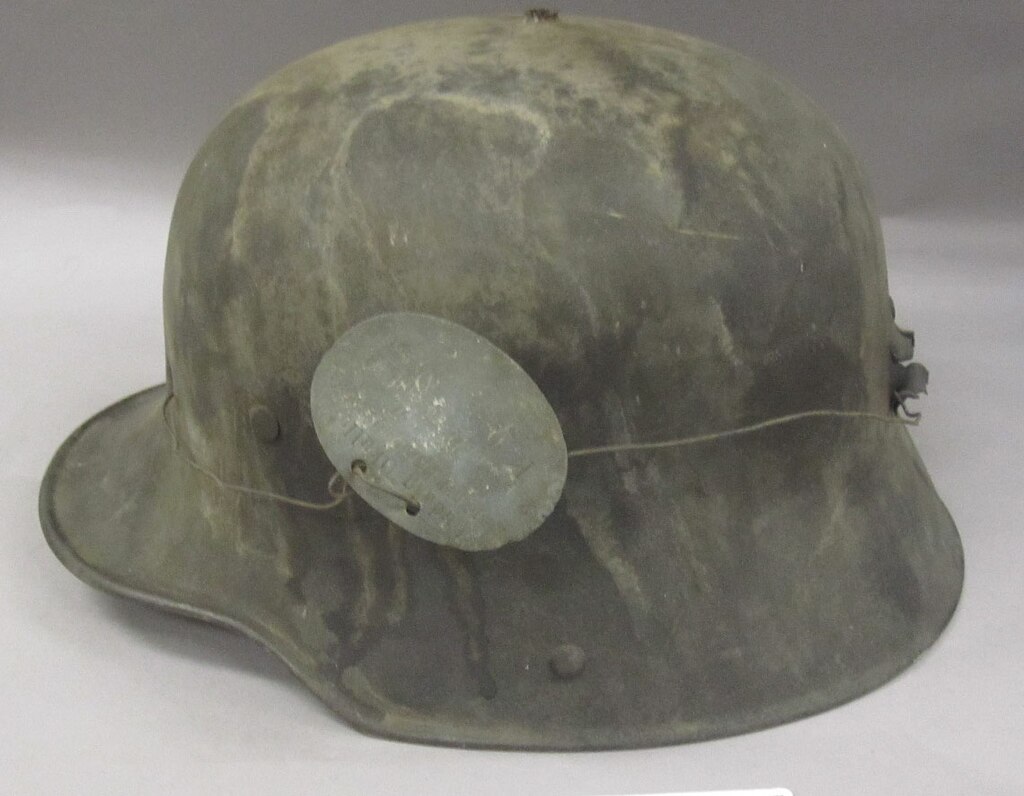
The German M16 helmet, introduced during World War I, is a symbol of early 20th-century military design. Known for its distinct shape and wide brim, it provided improved protection compared to previous headgear. The M16 was the first of its kind to feature a vented design, aimed at better comfort and ventilation. Due to its iconic status, this helmet remains highly sought after by collectors.
These helmets are relatively rare, especially in good condition. Some variations feature unique markings or camouflage patterns, adding to their value. Over time, collectors have become more interested in pieces with battlefield history. An original M16 helmet in decent condition can command significant prices in the collector’s market.
British Mk II “Brodie” Helmet
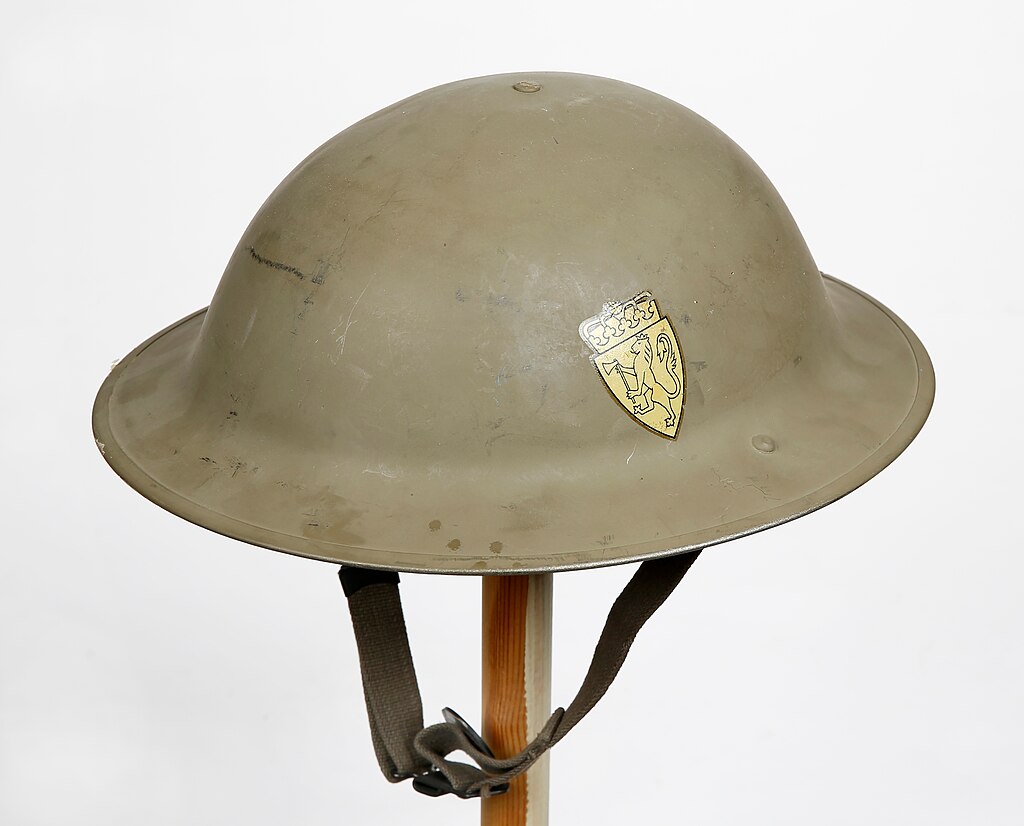
The Mk II “Brodie” helmet became a symbol of British soldiers during both World Wars. With its distinctive bowl shape and rim, it was designed to provide protection against shrapnel and other battlefield debris. Introduced in World War I, the Brodie helmet saw use through World War II, making it a significant part of military history. Its design was influential in shaping the development of helmets used by other nations.
Collecting a Mk II “Brodie” helmet is a favorite among military enthusiasts. The helmet often features the soldier’s regimental markings or a painted camouflage pattern. Condition and rarity of the specific model greatly affect its market value. These helmets are a must-have for anyone interested in British military history.
American M1 Helmet
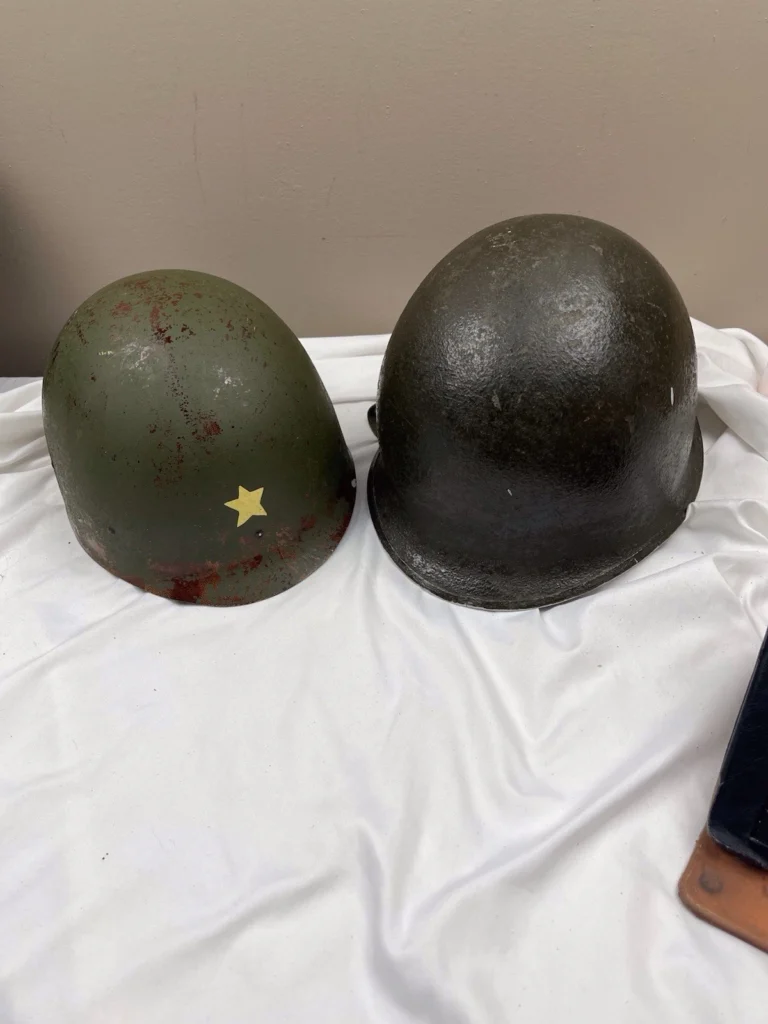
The American M1 helmet, introduced during World War II, became one of the most iconic helmets in military history. With its simple yet effective design, the M1 helmet featured a steel shell and a liner that provided superior protection. Over the decades, it has been used by military forces around the world, from the U.S. Army to allied nations. The M1 is particularly recognized for its use during key conflicts such as the Korean and Vietnam Wars.
Due to its long service history, the M1 helmet comes in various versions, each with unique features. Collectors often seek out helmets with distinct markings or those that were used in major battles. A well-preserved M1 helmet can be quite valuable, especially if it has been signed or personalized. For military history buffs, the M1 helmet is a classic collectible.
Japanese Type 90 Helmet
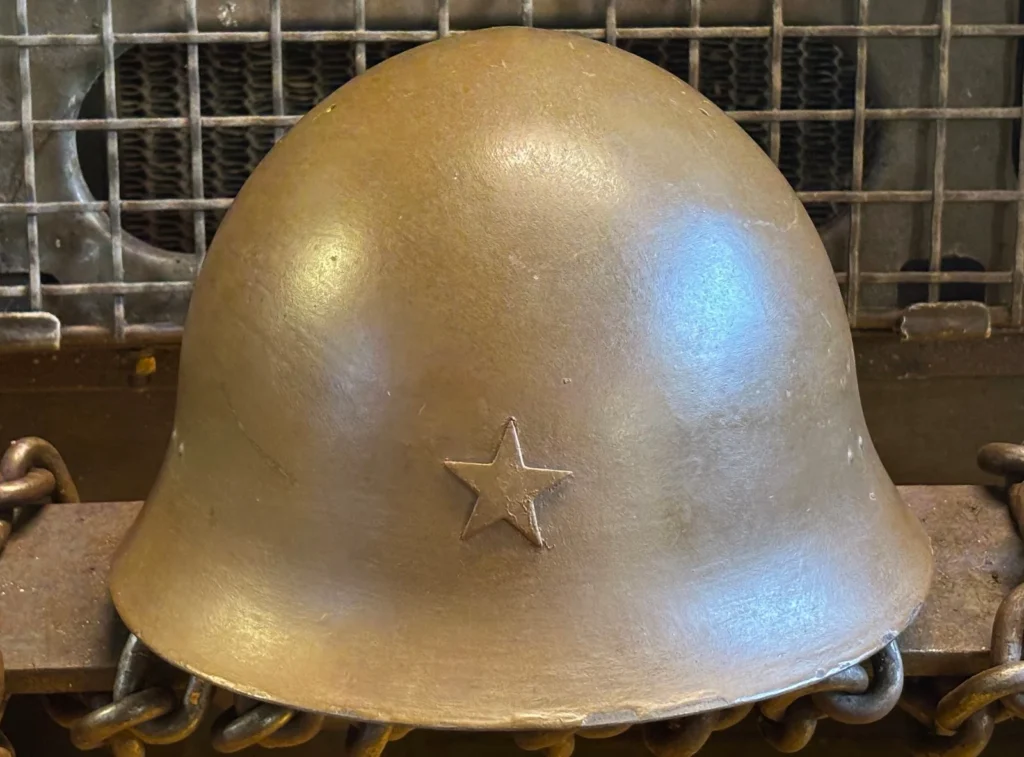
The Japanese Type 90 helmet, introduced in the 1990s, is a modern design used by the Japanese Self-Defense Forces. With a focus on comfort and protection, this helmet features a lightweight construction with an advanced internal suspension system. While relatively new, the Type 90 has gained attention from collectors due to its distinctive design and historical significance in modern Japanese military operations.
The helmet features a matte finish and is often seen with camouflage covers that reflect Japan’s military strategies. Collectors of modern military gear appreciate the Type 90 for its technological advances. Finding an original Type 90 in good condition is relatively uncommon, which makes it a worthwhile addition to any collection. As Japan continues to evolve its military gear, the Type 90 will likely hold a special place in military memorabilia.
French Adrian Helmet
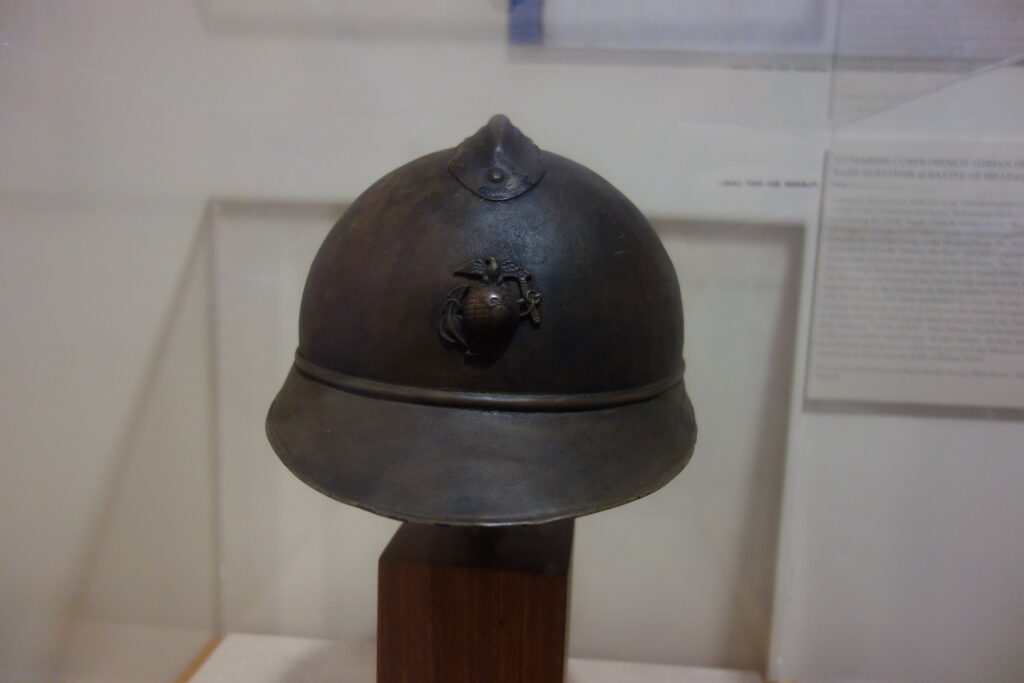
The French Adrian helmet, introduced during World War I, is easily recognized by its signature crest and distinctive design. The helmet was a revolutionary piece of military headgear at the time, offering better protection against shrapnel than previous models. It was issued to French soldiers during both World Wars and became an iconic symbol of French military forces. The Adrian helmet features a unique brass or steel crest, depending on the unit it was issued to.
Collectors of early 20th-century military gear often seek out the Adrian helmet due to its historical importance. Many versions of the helmet include the soldier’s unit insignia, which can enhance its value. The design of the Adrian helmet also influenced other nations’ military headgear. A well-preserved Adrian helmet is a prized find in any collection of World War I memorabilia.
Italian M33 Helmet
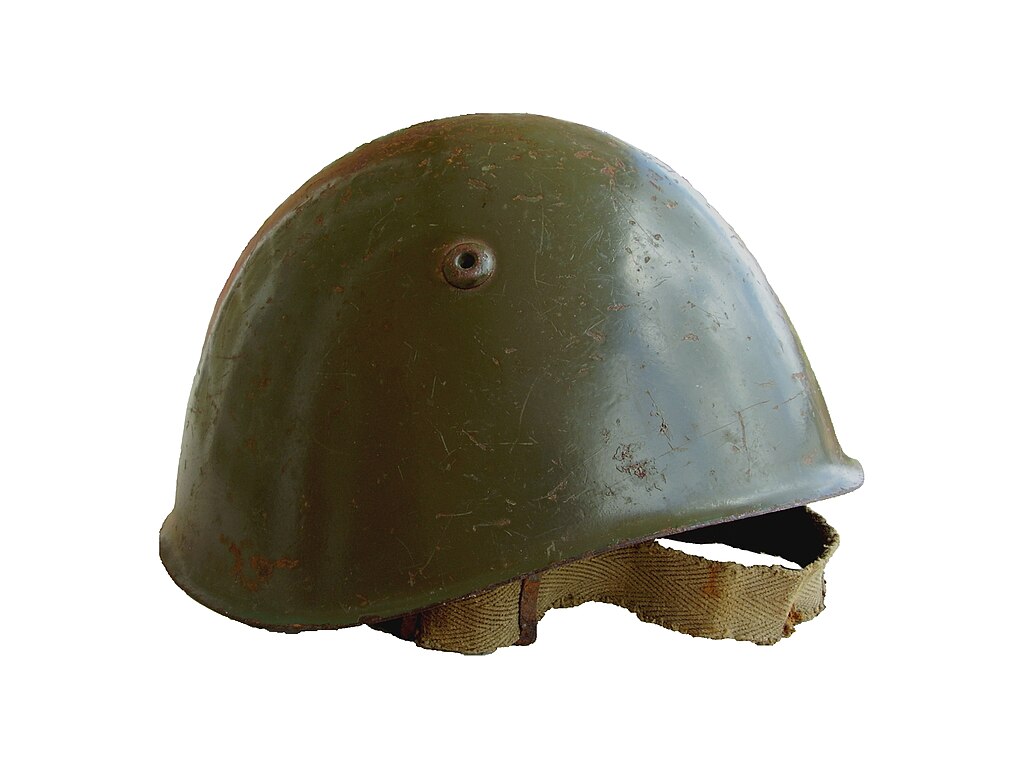
The Italian M33 helmet, introduced in the 1930s, was primarily used by the Italian Army during World War II. With its sleek, modern design, the M33 helmet became known for its excellent balance between protection and comfort. The steel shell was designed to be lightweight, and the liner system ensured a snug fit for the wearer. The helmet’s distinct shape, which features a narrow rim and deep curve, makes it stand out among other World War II-era helmets.
Collecting the M33 helmet is popular due to its historical significance and aesthetic appeal. These helmets often feature the insignia of the Italian Army or other branches, making each helmet unique. Finding a well-preserved M33 helmet with original paint or decals can be a valuable addition to a collection. It remains a sought-after piece for military history enthusiasts.
German Pickelhaube Helmet
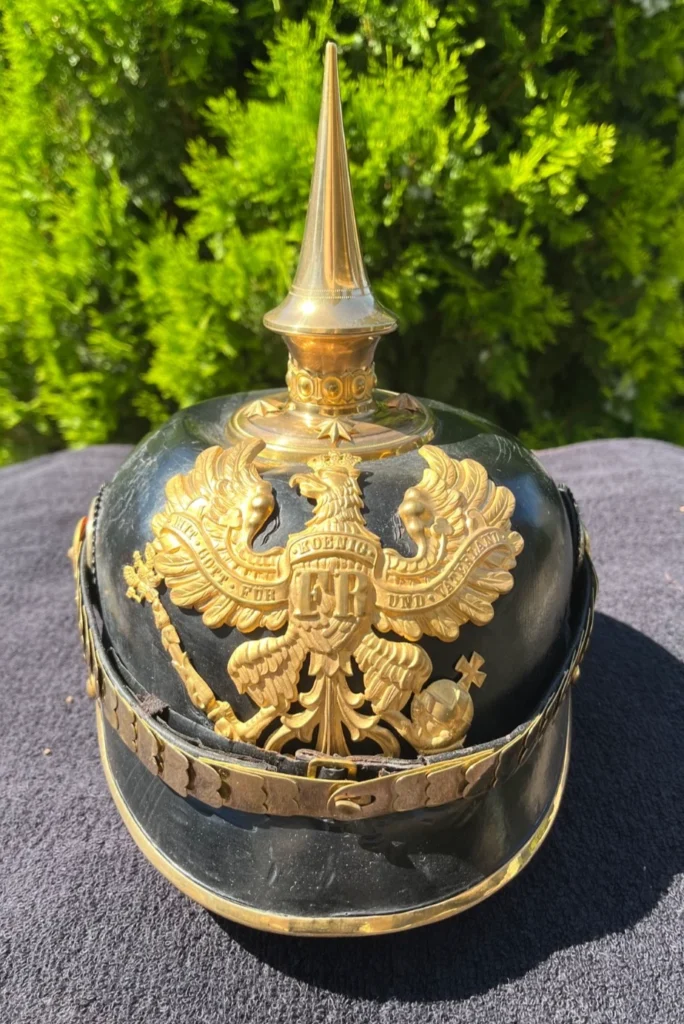
The German Pickelhaube helmet, a spiked helmet worn by German soldiers, police, and firefighters, became widely known during World War I. Its distinctive design features a spike on top, and it was made from a variety of materials, including leather and metal. Initially designed for ceremonial purposes, the Pickelhaube became a symbol of the Prussian military during the First World War. Its appearance in World War I cemented its place in military history.
Collectors prize the Pickelhaube for its unique appearance and the history behind its use in both military and civilian life. The helmet’s shape and the spike at the top make it one of the most recognized pieces of World War I gear. Authentic versions are highly sought after, especially those with unit markings or historical significance. Due to its rarity and distinct design, the Pickelhaube is a centerpiece in any military collection.
Swedish M/37 Helmet
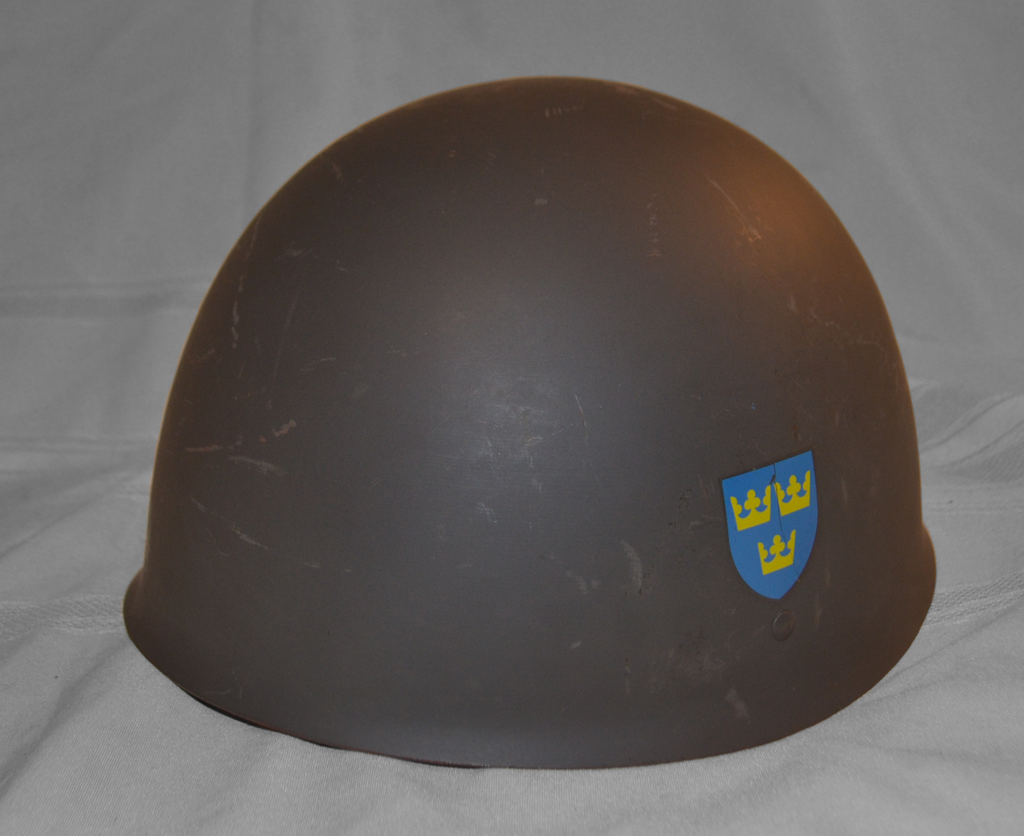
The Swedish M/37 helmet, introduced in the late 1930s, was designed for the Swedish Army during World War II and beyond. Its unique design, which closely resembles the German M35, features a smooth shell and a distinctive helmet liner that provides comfort during long periods of wear. The M/37 was used by Swedish soldiers throughout the mid-20th century, making it an interesting piece for collectors of European military helmets. Though not as well-known as other helmets, the M/37’s clean lines and sturdy construction make it a valuable item for collectors.
The M/37 helmet’s minimalist design is often enhanced by its simple but effective paint schemes. Many helmets are found in various conditions, with some having distinctive markings or camouflage patterns. Collecting the M/37 helmet is appealing due to its historical significance and unique place in Swedish military history. The helmet continues to gain attention as more collectors seek out rare military items from World War II.
French M51 Helmet
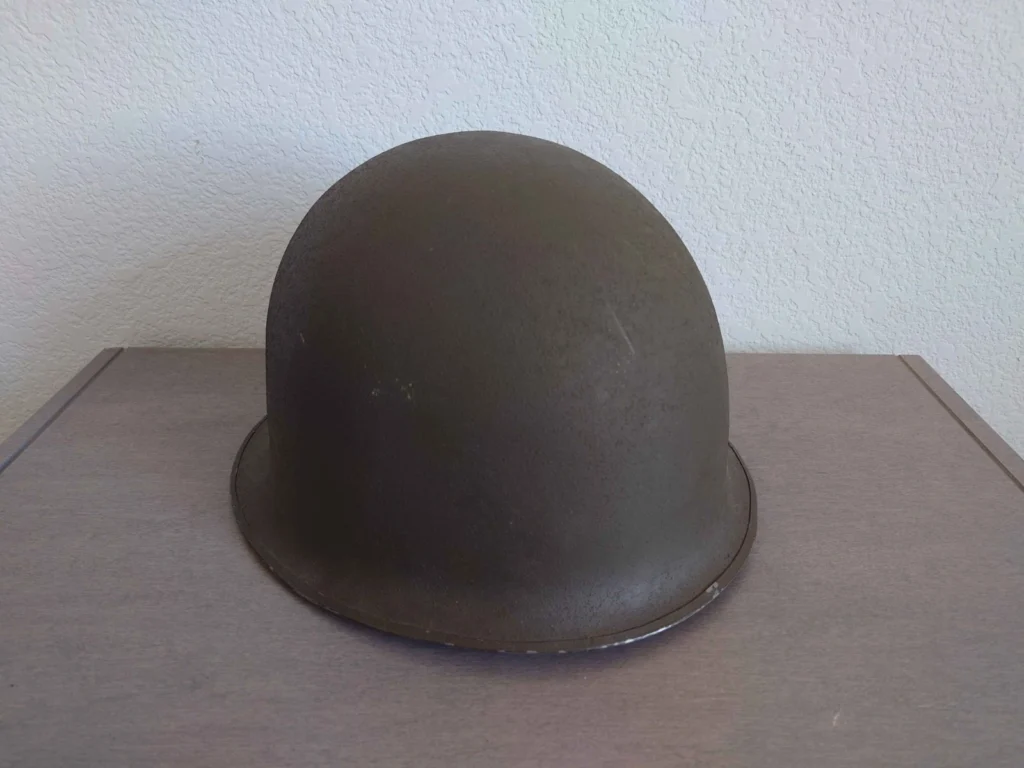
The French M51 helmet, which replaced the Adrian helmet, was widely used during the Cold War era by French soldiers. Featuring a more streamlined design, the M51 offered increased protection with its thicker steel shell. The helmet’s interior was designed for comfort and featured a chin strap system to ensure a secure fit. It remained in use throughout the 1960s and beyond, making it a prominent piece in modern military collections.
The M51 helmet is often found with its signature olive-green paint or various camouflage patterns used by French forces. It is particularly valued for its historical connection to post-World War II European military operations. Due to its distinct look and functionality, collectors are drawn to the M51 as a representation of French military innovation. Its value is determined by its condition, markings, and rarity.
This article originally appeared on Avocadu.
